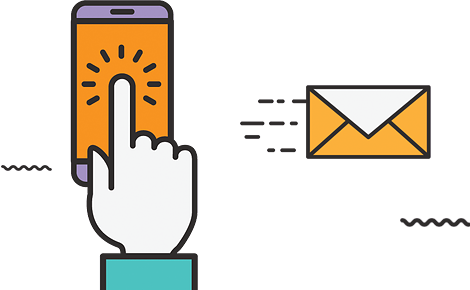In the digital age, your website serves as the online face of your business. Custom Website Design ensures that your site not only reflects your brand’s identity but also meets your specific business needs. By focusing on bespoke design solutions, you can enhance user experience, drive engagement, and ultimately achieve your business goals.
What is Custom Website Design?
Custom Website Design involves creating a unique, tailor-made website specifically for your business. Unlike template-based designs, which use pre-set layouts and limited customization options, custom designs are crafted from scratch to align with your brand’s vision, values, and objectives. This approach ensures that every aspect of your website is tailored to your needs, resulting in a more personalized and effective online presence.
Key Benefits of Custom Website Design
- Brand Reflection:
- Unique Identity: A custom-designed website allows you to showcase your brand’s unique identity. From color schemes and typography to layout and imagery, every element is tailored to reflect your brand’s personality and message.
- Consistency: Maintain brand consistency across all digital touchpoints. Custom design ensures that your website aligns perfectly with your branding guidelines and enhances overall brand recognition.
- Enhanced User Experience:
- Tailored Navigation: Design navigation elements that are intuitive and user-friendly, ensuring visitors can easily find what they’re looking for and enjoy a seamless browsing experience.
- Responsive Design: Create a website that looks and functions beautifully on all devices, including desktops, tablets, and smartphones. Responsive design ensures that your site adapts to different screen sizes and resolutions.
- Improved Functionality:
- Custom Features: Integrate specialized features and functionalities that cater to your business needs, such as advanced search options, interactive elements, or unique e-commerce capabilities.
- Scalability: Build a website that can grow with your business. Custom design allows for scalability and flexibility, enabling you to add new features or content as your business evolves.
- Better Performance:
- Optimized Code: Custom websites are developed with clean, optimized code that enhances performance and loading speed. Faster load times contribute to a better user experience and improved search engine rankings.
- SEO-Friendly: Implement SEO best practices from the start, including clean URL structures, meta tags, and optimized images. A custom design allows for greater control over SEO elements, helping your site rank better in search results.
- Competitive Edge:
- Stand Out from Competitors: A custom-designed website differentiates you from competitors using generic templates. By offering a unique and memorable online experience, you can attract and retain more visitors.
- Personalized Touch: Provide a personalized touch that resonates with your target audience. Custom design enables you to address specific needs and preferences of your users, fostering stronger connections and engagement.
The Custom Website Design Process
- Discovery and Planning:
- Understand Your Needs: Collaborate with designers to discuss your business goals, target audience, and design preferences. This phase involves gathering requirements and setting clear objectives for the website.
- Site Architecture: Plan the structure and layout of your website, including the sitemap, navigation, and key functionalities.
- Design and Development:
- Wireframing and Mockups: Create wireframes and design mockups to visualize the layout and user interface. This step ensures that the design aligns with your vision before moving to development.
- Custom Development: Develop the website using custom code and technologies, ensuring that all features and functionalities are built to your specifications.
- Testing and Launch:
- Quality Assurance: Test the website for functionality, performance, and compatibility across different devices and browsers. Address any issues or bugs before the official launch.
- Launch and Monitor: Launch the website and monitor its performance. Track user behavior, gather feedback, and make any necessary adjustments to optimize the site.
- Ongoing Maintenance:
- Regular Updates: Keep your website up-to-date with regular maintenance, including security updates, content additions, and design tweaks.
- Performance Monitoring: Continuously monitor site performance and user feedback to ensure that your website remains effective and relevant.



